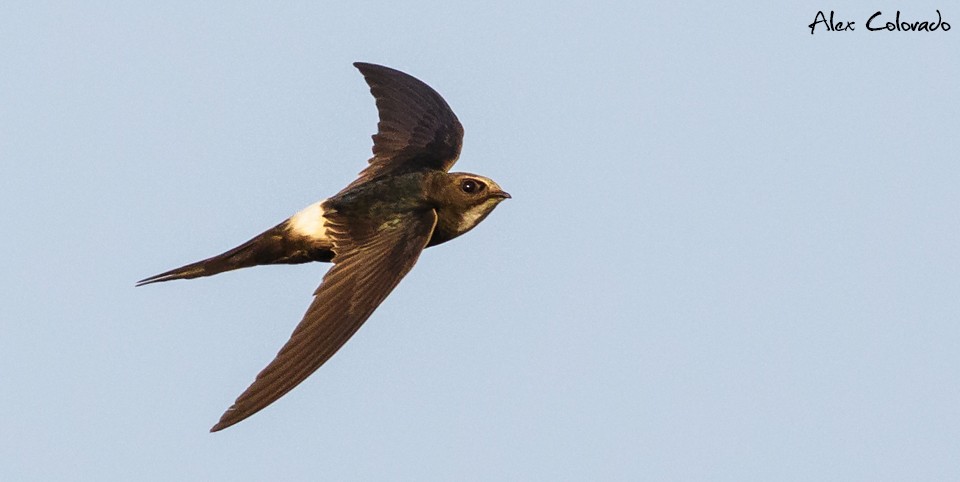Charger images
Les formats d'image autorisés sont de type jpeg, png ou gif
La taille maximale du fichier doit être de 20MB

It is a coastal area, usually quiet, located between the urbanization La Alcaidesa, in La Línea, and Sotogrande, in San Roque.
The point of reference is the Punta Carbonera lighthouse, located at the top of the cape that gives it its name, from where there are excellent views of the entire coast, both towards the Strait of Gibraltar and towards the Costa del Sol. Mainly to the north, a narrow strip of beach, coastal and Mediterranean scrub, attracts many species.
The greatest number of species appear during migration periods, with a good numbers of warblers and thrushes. Winter can be interesting with, for example, several species of seagulls, Alouette des champs or Pluvier doré (some years). During the breeding season there are some species that are difficult to find in other nearby areas such as Martinet cafre, Hirondelle rousseline, Traquet oreillard, Cochevis de Thékla or, with luck, Engoulevent à collier roux. The beach is a good place for seabirds, both in winter and in migration, such as Puffin cendré, Puffin des Baléares, Pingouin torda, Fou de Bassan, Goéland d'Audouin, Sterne caugek or Guifette noire. Waders are also present, mainly coastal ones, such as Tournepierre à collier, Bécasseau sanderling, Courlis corlieu, Huîtrier pie (sometimes) or Gravelot à collier interrompu that breeds there. The rocks near the shore are very good to see resting Cormoran huppé, which breed at Gibraltar and go there to feed.
The river Guadalquiton, at the end of the path, is a good place for waders, rails, herons and freshwater passerines. Also, with westerly winds, it is possible to see good numbers of soaring birds and other daytime migrants.
In summer, after watching birds in the early hours, you can swim on the beach.
The best option is, from the A-7 motorway, take exit 124 and continue towards La Alcaidesa on the service road. Take the second entrance on the right, where there is a sign that says El Faro, and we come in the urbanization through the Golf Avenue by a level crossing, passing in front of the Fire Station. At the second roundabout, take the third exit towards El Faro, by the Calle Arquitecto Pablo Cerezo, passing, just after, besides the Club Alcaidesa Links Golf Resort. At the end of this road, where the "beach access" sign is, continue along the service road (be careful because it is narrow and curvy). At the crossroads, take the unpaved road to the Torre Carbonera Lighthouse.
The star species is surely Martinet cafre. It's a transaharian species that arrives mainly in May, with some individuals in late April, and leaves mostly before October. The Hirondelle rousseline build their nests in abandonated buildings and military bunkers, so this swift is going to be found there too.
Votre feedback sera transmis à l’auteur.rice de cette zone et à l’équipe éditoriale de Birdingplaces, qui l’utiliseront pour améliorer la qualité des informations. (Vous souhaitez publier un commentaire visible en bas de page ? Fermez cette fenêtre et choisissez l’Option 1 : « Publier un commentaire, un conseil ou une observation ».)
Veuillez fournir des suggestions d'améliorations ou d'ajouts au texte de ce site ornithologique.
Veuillez fournir vos suggestions d'améliorations ou d'ajouts à la carte.
Veuillez fournir des suggestions d'améliorations ou d'ajouts à la liste des oiseaux.
Cliquez sur l'icône de l'oiseau () Insérez les noms d'oiseau dans votre langue. Ils seront automatiquement traduits pour les autres usagers !